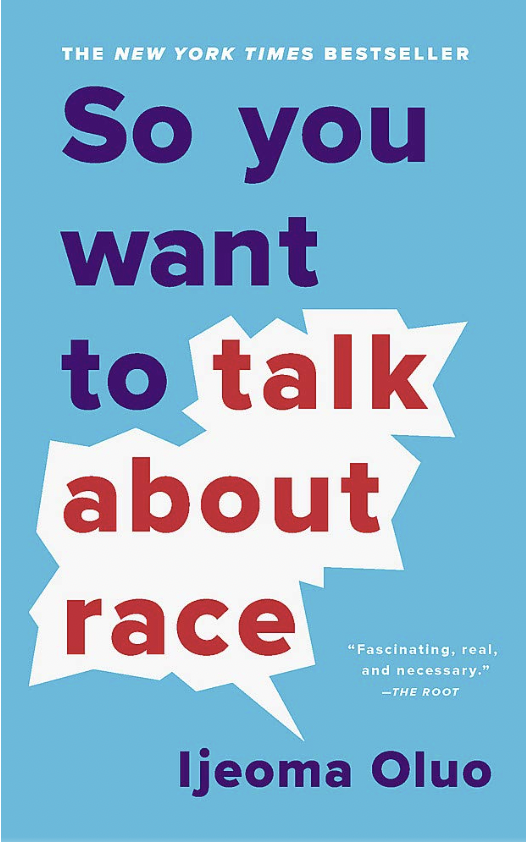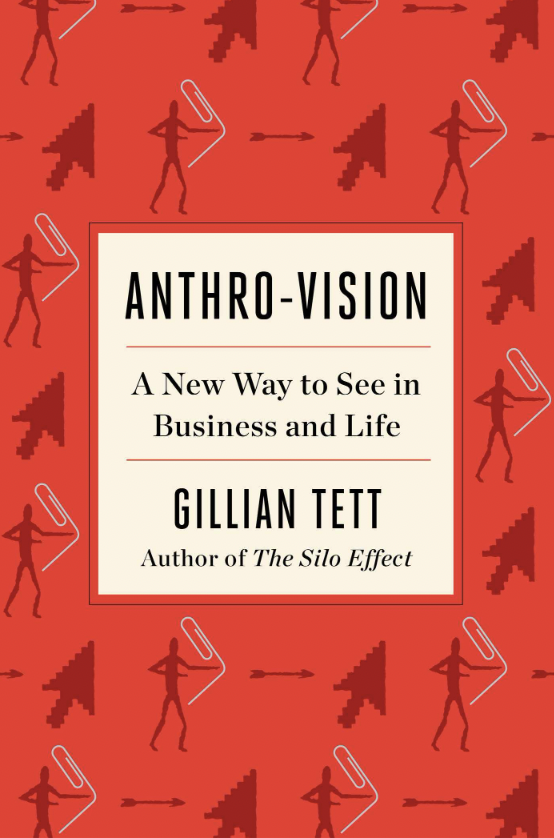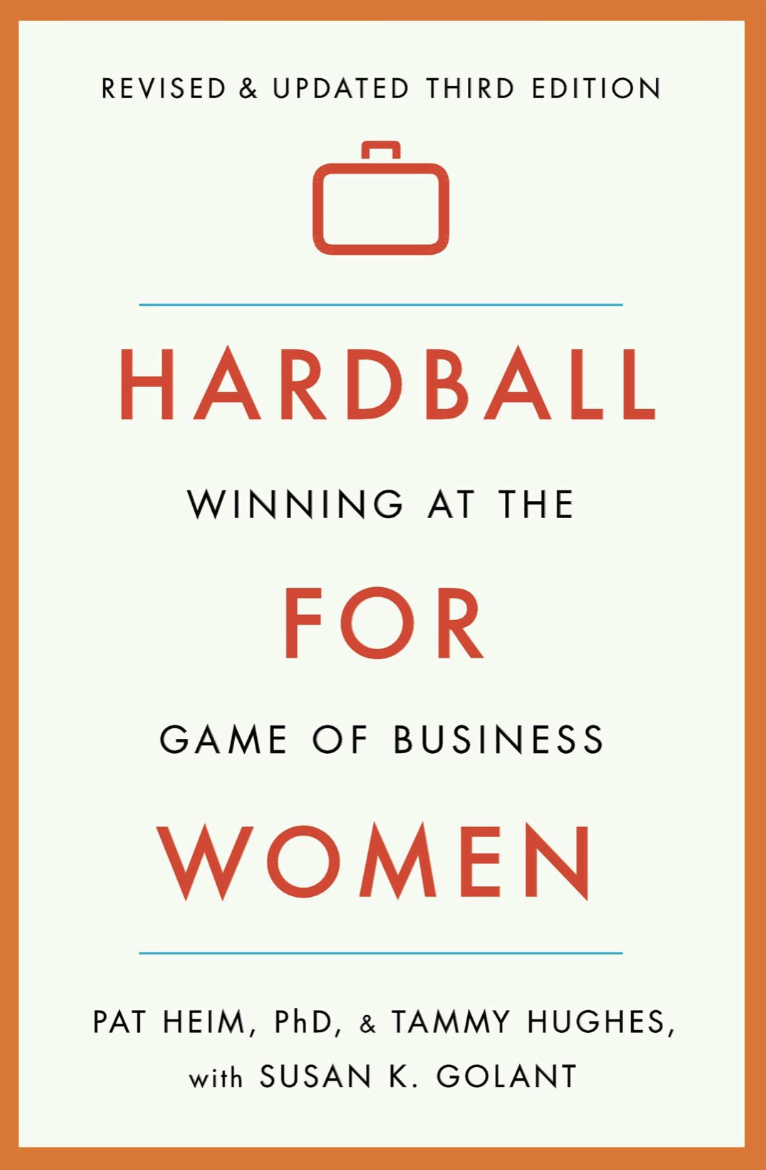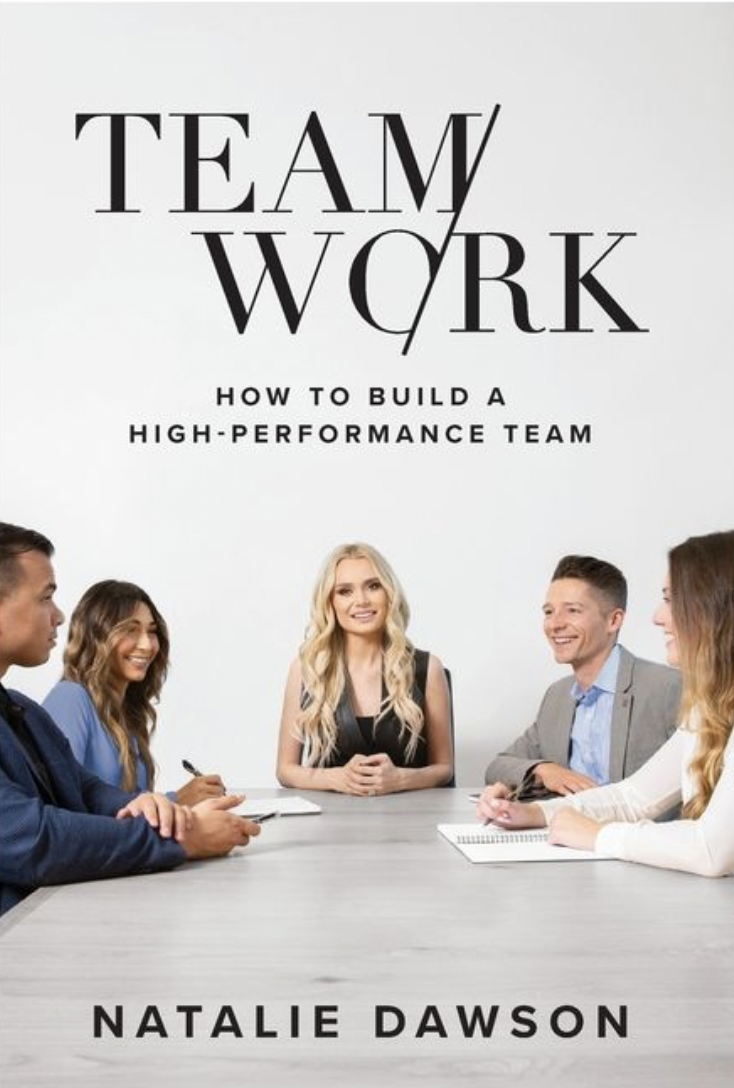|
PR Your Self delves into practices for earning media coverage without a Publicist By Melissa A Vitale Be sure to check out the first post in this series: PR Your Self: Social Media is your Bestie Press Kits or Media Kits are a hotly debated topic in Public Relations. Some publicists swear by them and others refuse to rely on them. Most publicists fall somewhere in between: without an on-staff graphic designer, (which is rare for boutique PR operations) media kits can cause more problems then they solve. Publicists, if using them, don't need the fanciest media kit to relay the information to journalists and going back and forth with clients on design elements is a waste of time. However, if brands commission their own media kit from a talented graphic artist, a publicist will absolutely use a stellar existing brand representation. While a media-kit isn't a fix-all to getting press, it can help busy entrepreneurs and experts garner more media coverage without a publicist. If you have a detailed website showcasing services or products, you likely have enough to easily create your own media kit. A media kit is a PDF that includes images, relevant links and brief written information answering the Who, What, When, Where, and Why of a brand or individual for interested press. Media kits can help busy entrepreneurs automate the process for incoming press requests. When a journalist reaches out, you can send them your media kit to help them plan how they want to approach the story. Maybe they didn't know all the products you offered or all the expertise available. It moves the conversation along quicker than without one. Many journalists keep media kits on file for easy-reference when considering sources for a story. When starting their initial research on a company to profile, a media kit helps a journalist understand a birds-eye view of a company to help organize their thoughts. Journalists cold-outreaching to a company may search for the term "media kit" on the website to make sure the brand is press-friendly. A media kit signals to editors and writers that a brand or individual is media-ready. Having a media kit available won't immediately bring in press opportunities, but you'll be prepared to take advantage of them when they either come knocking, or if you find them through social media. While I do recommend you make a media kit, I don't recommend you put it on your website available for download. You won't know who's reading your media kit and what that information can do in their hands. While of course you don't want to include intellectual property in your media kit, you never know what a troll will do and you don't want your viral moment to be someone making fun of your hard-work. Instead, on a dedicated press page, include an email address that journalists can use to request a press kit or media kit. You'll want both of these terms on your website since some journalists use control+F or a google search to find what they're looking for. You don't want them to miss you because you used press instead of media kit and vice versa. To make sure journalists will reach out to request your Media Kit, create a dedicated press email that is separate from your general "contact us" email which may or may not be monitored. What to Include in your Media Kit: A media kit can be multi-page or a single page. You'll want to include the brand basics like logo, website, social media handles, and a brief company description or boiler plate that includes the brand's mission and background. A founder bio and "available for interview" is a must-include as well. Available for Interviews--also shortened to AFI--is a short list of topics of expertise that a journalist could interview on for a relevant story. If you're a cannabis brand, you may be able to comment on consumer trends or market predictions. If you're a sex party host, you may have topics like consent and how to prepare for your first play party on your AFI. If the company sells products, a media kit should include some lifestyle images of the different collections, in addition to stand out descriptions and prices of the brand's best-sellers. Along with showing pictures to keep your kit dynamic, provide links to a dropbox with high-resolution, photos that are already licensed for use in press. If the company owns cool locations like an aesthetically interesting warehouse, a farm, production facility etc, include a quick shot and description of those sites. Journalists often like to tour unique facilities for industry insider stories and including these can help spark an idea for an on-location shoot. Make sure to include any attention-grabbing metrics. If you're a podcast, include your listeners. If you're a brand, include your sales or revenue if you can. Finally, have a contact email for any press requests. It can be that same press email from your press page or you can give them the email of the CMO, publicist or co-founder for boutique brands. Assuming you have most of this information and content already, putting together a quality media kit can take a couple of hours. I always recommend taking a step away from the draft and coming back to it in a different mindset to make sure you love everything you included. This will be your presentation to journalists and editors who in-turn, could introduce you to the world. You obviously want to put your best foot forward. As for programs to create a media kit, if you're well-versed in Photoshop or LightRoom, feel free to use those or similar design program. If I just spoke Greek to you, Google Presentation or PowerPoint will work just fine. Pick a complimentary theme to your brand design and keep the lines aesthetically pleasing. It's better to have a longer media kit than one that looks like a page from "I Spy". Once you have a media kit, reach out to journalists you've worked with in the past, know in your network or have connected with on twitter. Check in to see how they're doing and send along your new media kit to show them you're ready for lights, camera, action! For plant and intimate wellness brands hoping to to cement their name in history, become a client:
https://www.melissaavitale.com/become-a-client.html To learn more about Melissa A Vitale PR, view successful Case Studies: www.melissaavitale.com/case-studies.html
0 Comments
PR Your Self delves into practices for earning media coverage without a Publicist By Melissa A Vitale It may be surprising to hear from a professional publicist who companies hire to execute and maintain campaigns that garner media attention that earning media coverage is actually very easy for entrepreneurs and startups even without a PR agency or freelance publicist. News publications get their classification because they cover what is new, exciting. The very existence of a successful startup that hasn't been featured before is newsworthy. Like the journalists who covered Apple or Microsoft in the 80s and 90s, editors and writers want to feature the latest solutions, technology or products on the market. Earning one article about your company great, but I like to think of aiming for only a single article as playing checkers. Media relations plays Chess. Rather than focusing on placing one story about your company, prioritize creating a relationship with a journalist. The resulting coverage from a single relationship can be meaningful profiles, company announcements and thought leadership in industry-turning trend stories. Journalists often refer back to their own network for sources of insight or quotes in an article. If you don't have any journalists in your network who covers your industry, don't worry! When I was growing up, I was given lectures by my parents, girl scout leaders, teachers, and even a priest who told us not to make friends on the internet. Now, I've made initial acquaintances with most of my colleagues and friends through online sources. Social media is your best friend for meeting new journalists and editors who could cover your company or expertise without a publicist. Almost all journalists have public social media handles for their writing, often aimed at keeping in touch with sources. Some journalists will immediately reach out if your social media bio raises their interest. Linking your companies handles, website and relevant awards always helps. When you're reading an article about your industry or related to your expertise, especially if you think "Wow, I should've been in this article," find the journalist on social media. Most journalists have their social media profiles linked to their author page when you click on their byline in the article. Make it a practice to follow journalists whenever you read an article related to your industry. Journalists regularly make calls for commentary on stories they're working on. Even if they're not following you, they are often looking at their DMs and replies for new sources. This is a great way to start a long-lasting relationship. Social media makes it easy to stay in touch with journalists and editors you've connected with. Unlike emails where you have to go out of your way to contact them and then wait for a response, with social media, their updates wind up on your feed. A quick like, comment or reply is an easy way to easily maintain a relationship. Once you've been doing this for a while, it gets easier to get a follow back. When editors and journalists see that other mutual connections following you, they assume you're an industry source and will immediately follow you back. Always send a quick introduction if they follow you back. You can send an intro without a followback, but they may not see it as their DMs are much like their email inboxes: full of cold outreach. Like building any relationship, media relations takes time. It's unreasonable to think that following one editor on social media will lead to a report's-worth of press coverage. Take fifteen minutes today to find and follow ten key editors in your industry. Editors will often tweet out stories and tag the writers who wrote the story. Follow anyone relevant these new connections tweet about. Make it a point every quarter to follow ten to fifteen new media connections. Over time, you'll go from not knowing anyone who could cover your company, to having a soft or even a close relationship with a number of leading journalists who want to feature your brand. After you've been covered in a published story, prioritize keeping in touch with a journalist; writers often tap their past interviewees first for new stories. Let these connections know about any launches you have coming up in advance in case they want to break the news or cover the launch. Bonus points if you meet up with your journalist connections for drinks or lunch a few months before the announcement; they will appreciate the special attention to the relationship. While social media is a great way to keep up with a journalists' achievements, those who will want to know about your company's news, won't like finding out with everyone else on social media. Make a point to tell them in advance; embargo if needed. Before embarking on your social media relations journey, make sure you remember your etiquette 101. As stated above, journalists inboxes and DMs are often full of cold pitches. Avoid pitching them in their DMs. Start with an introduction to yourself, and an offer to support them on related articles. Ask them how they would like to receive company announcements or pitches from you. Respect their boundaries and if they don't respond, don't get disheartened. If you followed ten other people like I told you above, someone else will respond. In my experience, non-response is often due to missing the message or being too busy to respond, and they will usually respond well to a follow up at a later date. It's easy to get attention around the initial launch and big announcements from an exciting startup. Day-to-day however, entrepreneurs typically don't have the time to constantly come up with new angles for the many journalists and editors who could cover your brand. Maintaining consistent media coverage can be a full time job. Once you've seen a slowdown of initial media coverage is a great time to speak with a publicist. Your brand will still be fresh enough in recent coverage and a publicist can come up with unique campaigns and angles to revive interest in your company, even without a launch. For plant and intimate wellness brands hoping to to cement their name in history, become a client:
https://www.melissaavitale.com/become-a-client.html To learn more about Melissa A Vitale PR, view successful Case Studies: www.melissaavitale.com/case-studies.html By Melissa A Vitale If you’re a business owner, you should absolutely be reading as often as your rest-work schedule allows. You don’t always have to read what I would call “business books”, but you should always have one of these in your rotation. With all the books I’ve read so far, I find myself thinking differently, often more competitively, than folks with similar professional backgrounds or education to myself. Make sure to check out Part 1 here! These are five books I highly recommend business owners reading:
For brands looking to cement their name in their industry’s history, learn more about becoming a client: https://www.melissaavitale.com/become-a-client.html
|
MAVPRA public relations agency specializing in brands and startups across plant and intimate wellness Archives
April 2024
Categories
All
|




